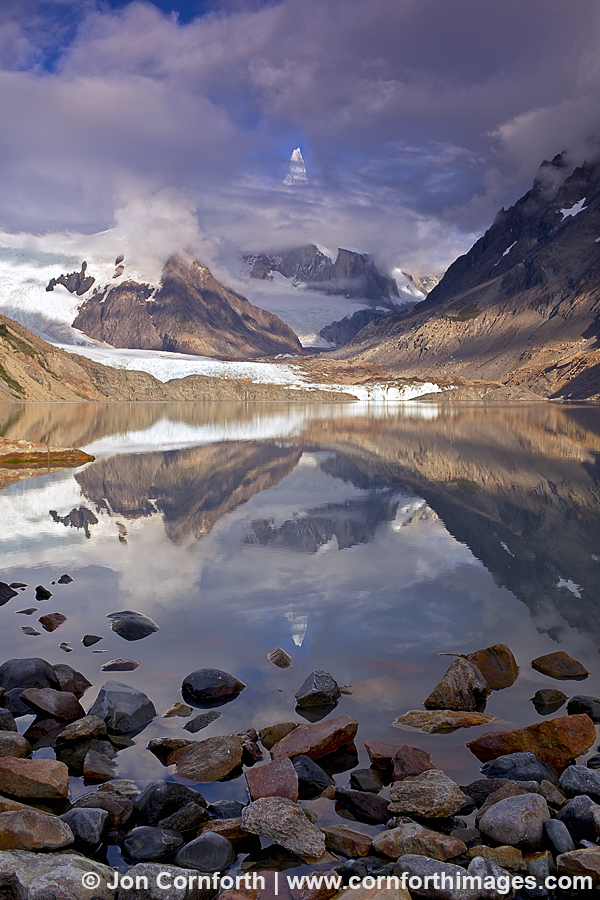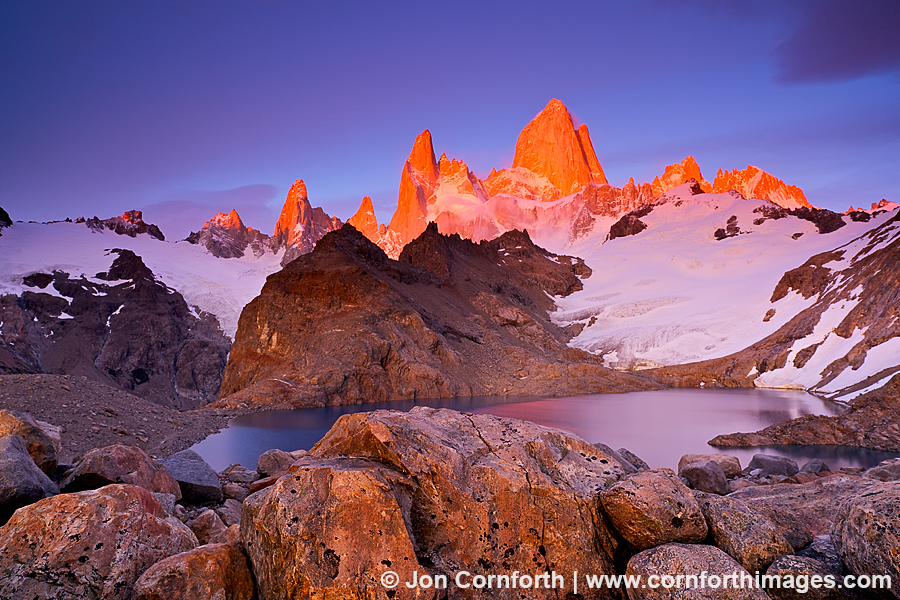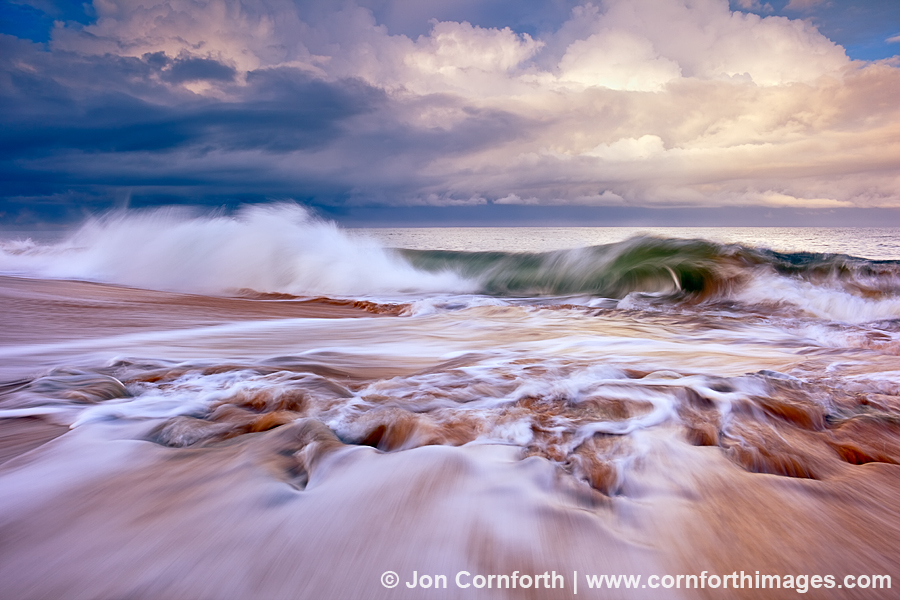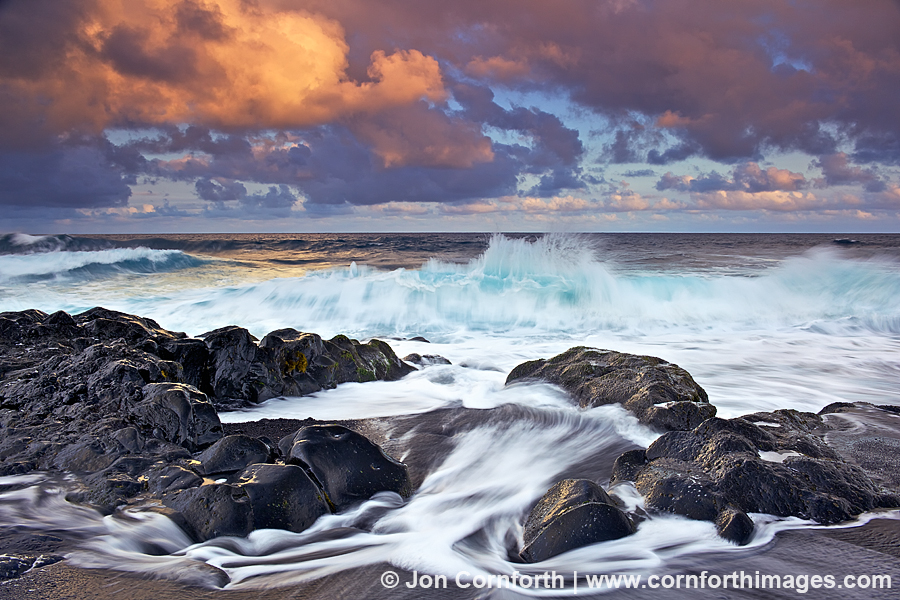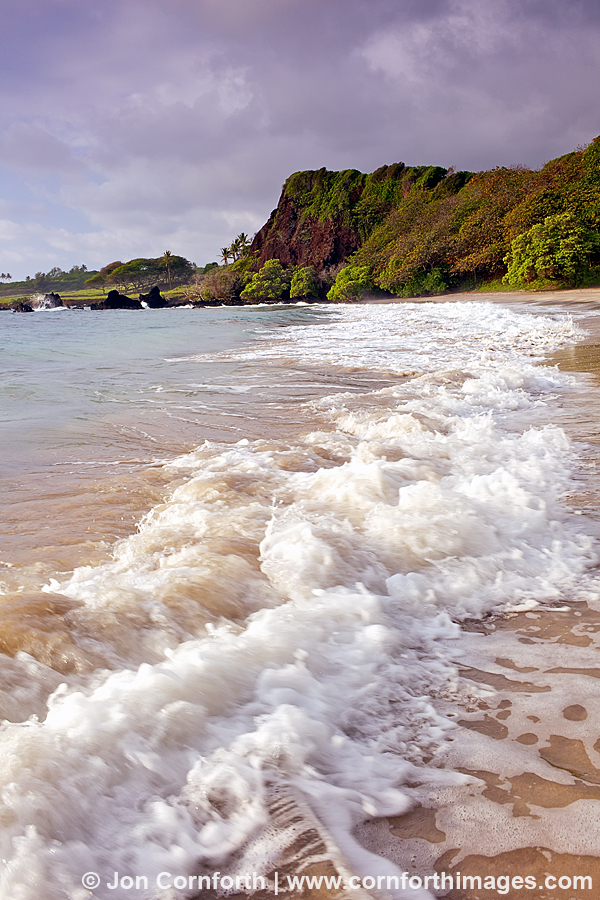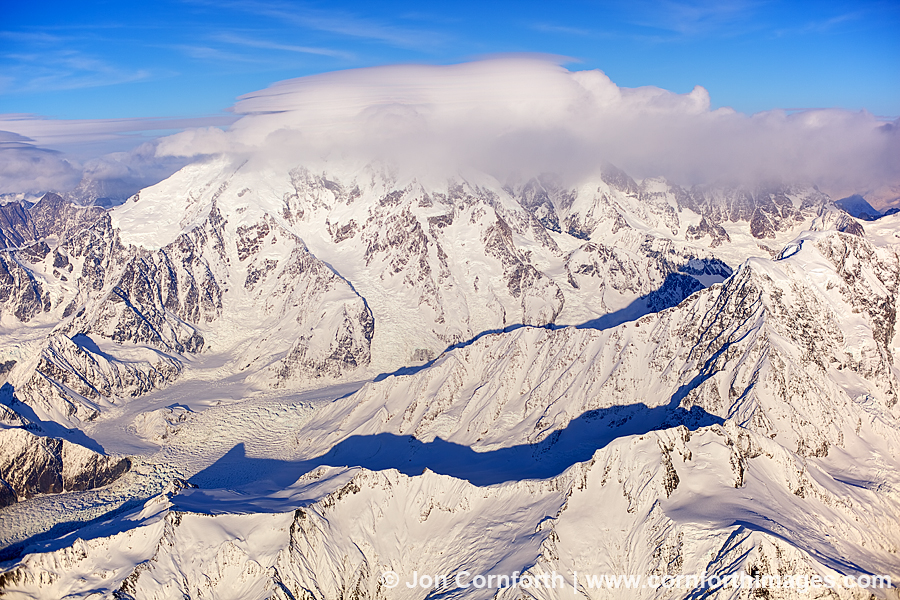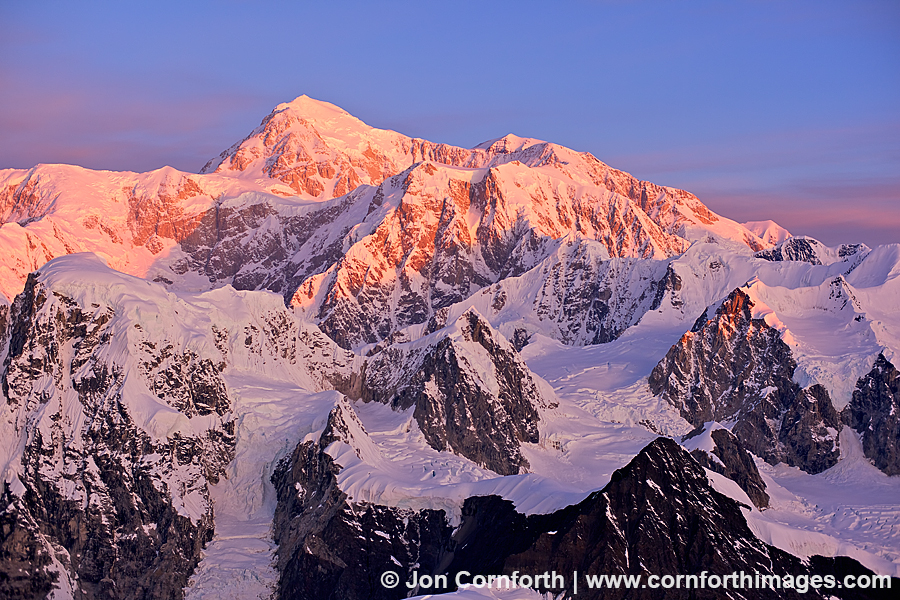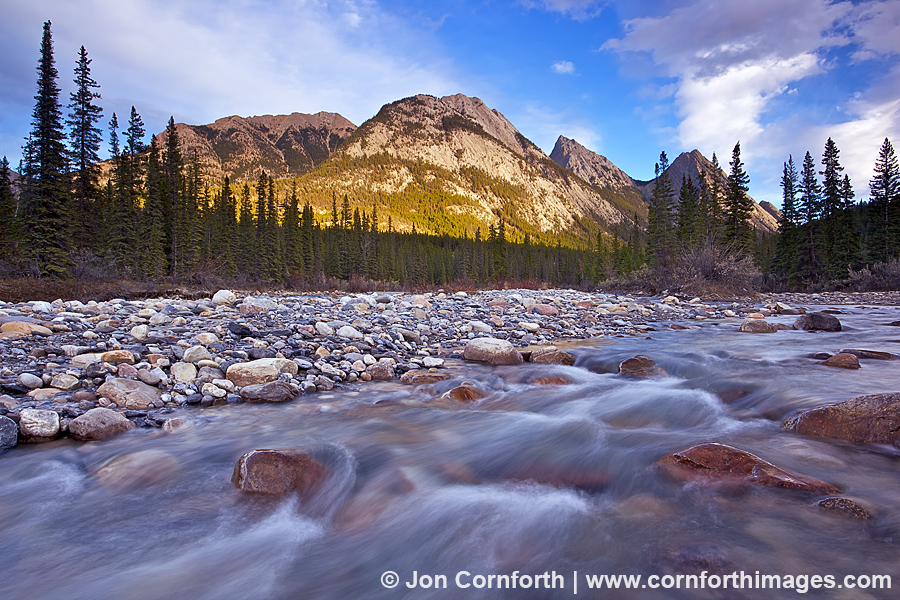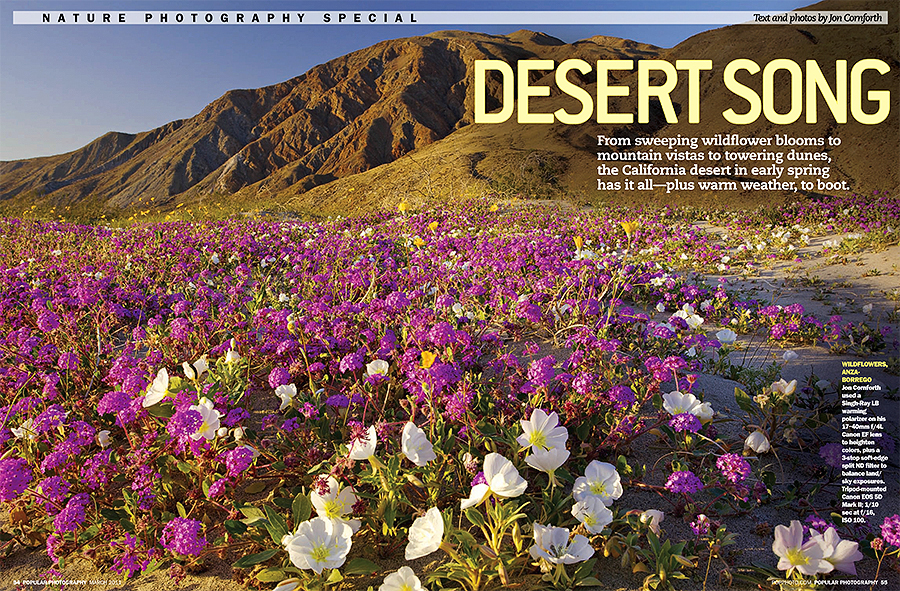
Popular Photography March 2011 Desert Song Article
Posted onMy latest article “Desert Song” is featured in the March 2011 issue of Popular Photography! The article gives suggestions for photographing California desert locations including Anza Borrego Desert State Park, Death Valley National Park, the Alabama Hills Recreation Area, the Antelope Valley Poppy Preserve, and San Elijo State Beach, all of which are best photographed this time of year. The article is 6 pages long and showcases 6 of my images, including the double page opener of wildflowers in bloom from Anza Borrego. I created this image almost exactly 2 years ago. This was first trip using a digital camera to photograph landscapes rather than with my beloved Pentax 67II medium format film camera. I used my Canon 5DmkII body, Canon 17-40mm f4 lens, and Singh-Ray LB Warming Polarizer. It required minimal processing using Aperture 2. I also clearly remember signing up for Twitter during that trip at the urging of my client-friend, Mark Teskey. Wow! That seems like a lifetime ago back in the social media dark ages.
Since I won’t be visiting the desert this spring, I won’t be able to offer my own wildflower reports, however, you can read about the latest conditions by visiting the Desert USA Wildlflower Report.

